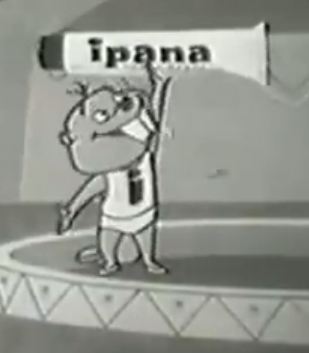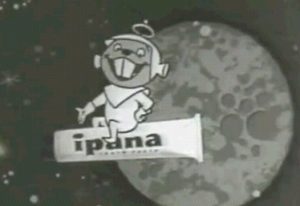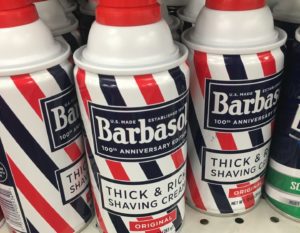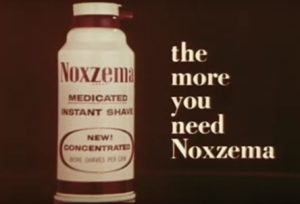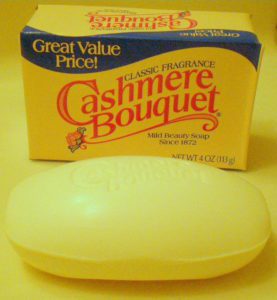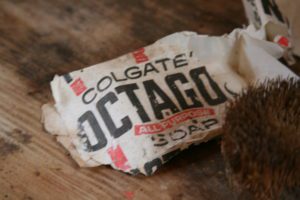One of the best-known toothpaste brands of the 20th century is still around, sort of.
The toothpaste brand, which in Turkey is as well-known as Colgate or Crest, is a forgotten footnote, and has been on and off the market in the U.S. for decades. Today, it is still hard to find, though a version is still made in Canada. Currently, the brand is owned by the Canadian medical supply company Maxill, which purchased the brand from Chicago’s River West Brands in October, 2009.
Ipana dates from 1901, and was one of the first products of Bristol-Myers, along with the mineral laxative Sal-Hepetica.
Ipana was one of the early products sold on radio, where the Ipana Troubadors were a fixture on the NBC Red and Blue networks. The band was led by Lester Lanin’s brother , Sam. In the 1940s, it was a sponsor of the radio show Time to Smile, which helped to restart Eddie Cantor’s career after he denounced the anti-semitic Catholic priest Father Charles Coughlin. The group included Dave Grupp, who apparently played xylophones and trumpet, according to old Billboard magazines. Laura Lee’s book Name’s Familiar says the brand was a best-seller from 1936 to 1945.
Heavily advertised, baby boomers remember the brand’s television era and its Bucky the Beaver ads, which were apparently animated by Disney. The brand was advertised as being “ammoniated to reduce tooth decay” and containing chlorophyll. Bucky was chased around by DK-1, an evil decay germ. Both were very well done characters and quite entertaining.
In 1961, the brand, still owned by Bristol-Myers, introduced a version with “Hexa-Flouride” but pressure from Crest and Colgate helped to doom it. In 1968, Bristol-Myers stopped producing. However, in late 1969, two enterprising Minnesotans named Elliott Royce and John Howe picked up the abandoned trademark and started producing it again. But it went fallow yet again. In 2002, River West Brands of Chicago filed for the trademark; the USPTO has the revived brand’s first use in commerce in October of 2005. Even today, it is not on U.S. grocery shelves, though it is available on Amazon and at other specialty stores.
It’s actually pretty tasty; the current Canadian manufacturer Maxill sells to dentists mostly so the wintergreen taste very much makes you feel as if you have been to the dentist when you use it.

